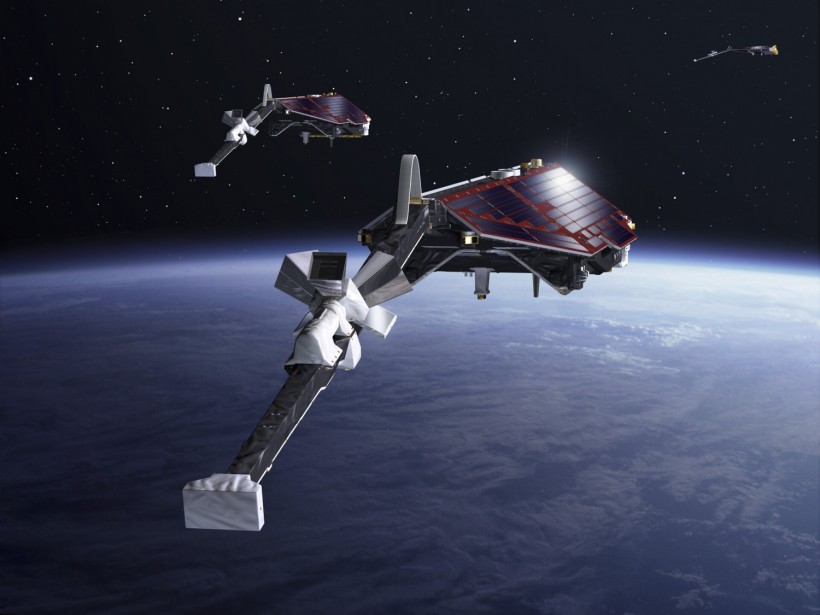On Thursday of last week, a European Space Agency (ESA) satellite nearly collided with a "mystery" piece of space junk. It had a little window of time to avert a collision.
ESA explained that debris is often warned about more than 24 hours before it is likely to collide with a satellite. On the other hand, the debris found on June 30 had only been discovered eight hours earlier.
The Alpha satellite was the one that was headed toward a potential collision. It is one of three satellites that make up the ESA's Swarm program. Charlie and Bravo are the other two.
"The risk of impact was high enough that Alpha needed to get out of the way - fast," ESA said in a statement.
The space agency completed the required evasive maneuvers barely four hours, protecting Alpha from the crash.

Swarm is ESA's first Earth observation constellation of satellites. The three identical satellites are launched together on one rocket. The three-satellite Swarm mission aims to unravel one of the most mysterious aspects of our planet: the magnetic field.
ESA Makes Emergency Maneuver to Swam of Satellites to Avoid Space Junk Collision
After authorities from the European Space Agency had hours to perform an emergency move, a swarm of satellites almost missed space junk.
SciTechDaily reported that a tiny piece of space debris was seen heading in Alpha's direction at 10:00 a.m. EDT on June 30. A possible collision was projected based on the trajectory to happen barely eight hours later, right after midnight. Alpha needed to get out of the path as soon as possible because the likelihood of an impact was so high.
After the satellite swarm abruptly changed into a crash path to escape damage from the sun, the ESA quickly planned and carried out the evasive operation.
Three satellites are part of the Swarm project from the European Space Agency, which is orbiting the planet to examine its magnetic field.
Digital Trends reported that ESA had to use all of its resources to move the satellite out of the debris' path since carrying out such operations involves extensive preparation.
The operators must ensure that the satellite won't get too near to any other satellites or space junk in its new orbit and must have a strategy for sending the satellite back into its previous orbit after the threat has passed.
ALSO READ: China Successfully Removes Space Junk Through 'Drag Sail Technology'
Solar Activities Made Maneuver More Challenging
ESA officials claimed that although they frequently have to alter the satellite swarm's direction, the sun has made things slightly more complicated.
"The sun has been moving into the active part of its eleven-year cycle when more and more powerful solar flares can bombard Earth's upper atmosphere," Forbes reported. "This increases the density where the satellites orbit, slowing them down, burning more fuel and threatening to drag them back to the surface."
Under normal circumstances, changing the swarm's direction is not a major concern. Still, officials received a warning that the swarm mission may be terminated in just eight hours.
It is a relatively brief window of time to prepare for the move. Just one day after the close call, they managed to dodge the space junk and put Swarm back on course.
RELATED ARTICLE: Space Debris the Size of an Eraser at the End of a Pencil Travelling at 15,000MPH Created an Enormous Crater
Check out more news and information on Space in Science Times.














